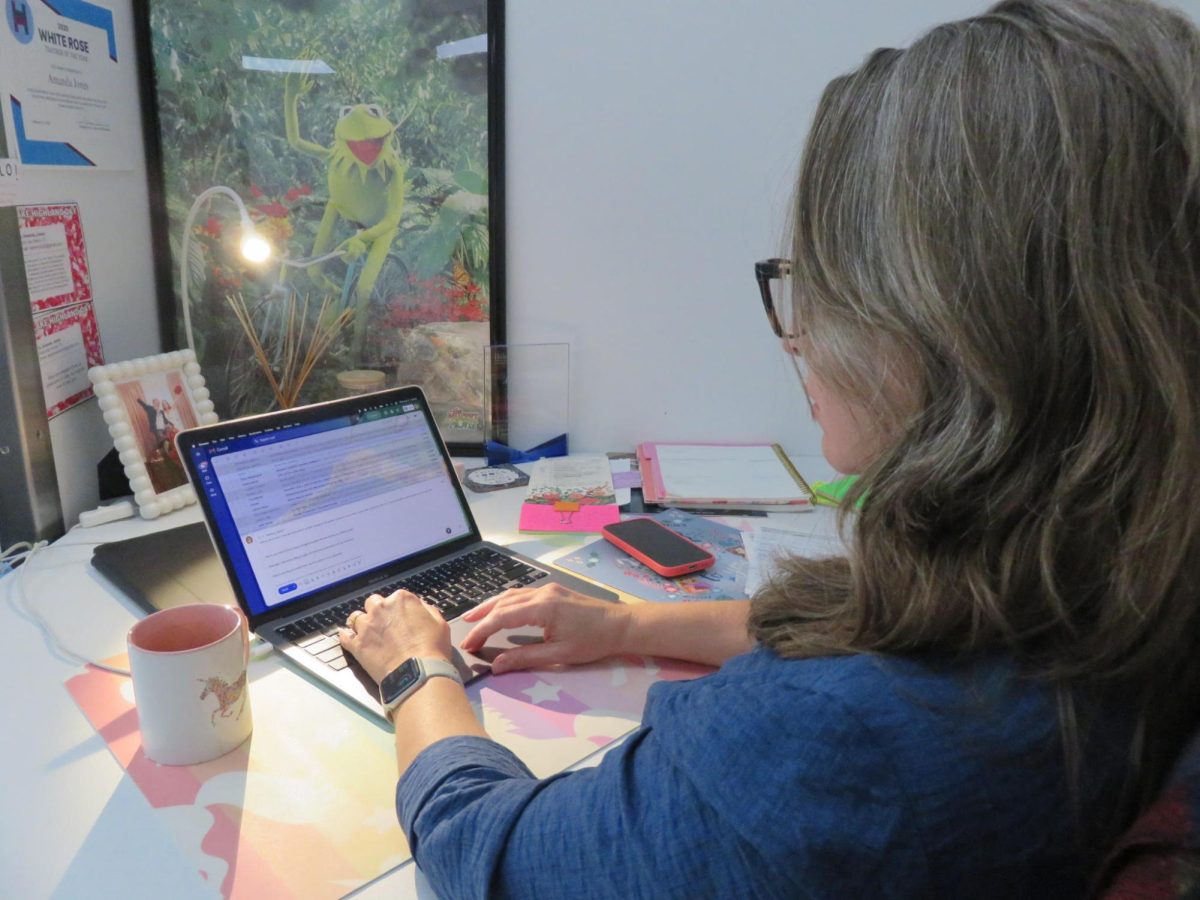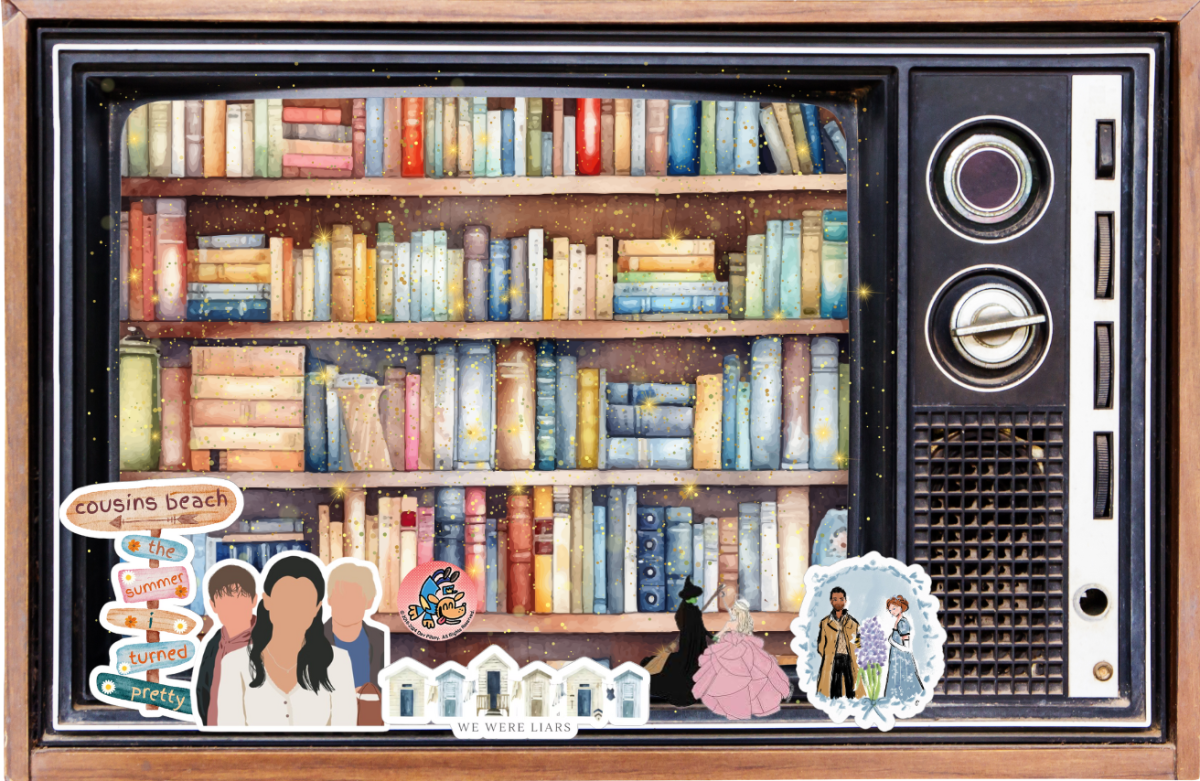Fake it ‘till you make it,” is a popular saying and concept people use in order to achieve a goal, or way or being, that they otherwise couldn’t. The phrase was first referenced in media in a song released in 1968 called “Fakin’ it” by Simon & Garfunkel, where the lyric reads, “And I know I’m fakin’ it/ I’m not really makin’ it,” and, “I’ve just been fakin’ it/ Not really makin’ it.” As common as this phrase is, many people are now beginning to question the theory and even claim it can lead to negative results, like severe self-doubt and even something called, “Imposter Syndrome.”
“Fake it till you make it,” is the idea that one can behave as something they are not until they truly become that thing. Many people use the fake it ‘till they make it a strategy to become a better version of themselves, whether that means being more confident, successful, happy, or qualified. For example, a person with low self-confidence can decide to act as though they are secure and comfortable with themselves, whether through their body language or the things they choose to say, helping them feel genuinely confident. The Wizard Liz, an accredited YouTuber known for her impactful self-development and mental health advice,says, “If you start doing what the higher version of yourself would do, obviously you will become her.”
Ultimately, the logic in, “Fake it till you make it,” lies behind the idea that if you act as though you are something, there is no difference between you and the person who is acting as that something, making you that person.
One well-known person who talks about having used the fake it ‘till you make it method is American retired United States Navy SEAL, ultra-distance cyclist, ultramarathon runner, David Goggins. Goggins has finished more than 70 ultra-distance races. In an interview with podcaster Joe Rogan, Goggin says that he used to be, “That guy who ran away from absolutely everything that got in front of (him).” Goggins battled depression, bullying, and obesity in his youth, weighing in at 300 pounds at 24 years old. Goggins goes on to explain that, “Built this fake person, that walked around like [He] didn’t stink” and that, “That’s how (he) did it.” Many performers also use the “fake it ‘till you make it” tactic in having alter egos such as Beyonce who becomes Sasha Fierce, Lady Gaga who becomes Jo Calderone, David Bowe who becomes Ziggy Stardust, and many more.
So how do you fake it ‘till you make it to become better? The Wizard Liz suggests you first think about things like, “How does the higher version of yourself look?… What is she wearing… How do they spend their time?… What’s the haircut like?” Creating a distinct image of who you want to be can help us view that version as more tangible or make it easier to act as though we are that version of ourselves.
While many credit their abilities to the fake it till you make it method, many believe that by pretending to be someone that you are not, it can lead to worse self-confidence than a person had before. In a video titled “‘Fake it ‘Til You Make it’” is Bad Advice – Here’s Why,” Youtuber Akta explains that she would “fake it” all her life, but that her front failed not because anyone else caught on, but because she herself didn’t believe it. She describes her experience as having, “Armor” that, “Had to come off at some point, and every time it did, it was so much worse.” She goes on to say that each time she could not endure the facade. The awareness of what she did not have, and who she was not, was even more apparent, making her feel worse than she would have felt otherwise. The claim is that pretending to be someone you are not is inevitably going to fail, and people’s inability to achieve a goal or way of being both with and without a whole new persona can lead to even worse self-confidence than what made them try the method in the first place.
Another thing that concerns people about, “Fake it till you make it” is a phenomenon called Imposter Syndrome. HelpGuide.org describes Imposter Syndrome as, “The tendency to believe your success is undeserved and that someday people will realize you’re a fraud,” and adds that, “The belief persists even when concrete evidence, such as degrees or awards, indicates that you are worthy of your accomplishments.”
The problem with these concerns, however, is that it does not consider the correlation between behaving and believing. It considers the execution of the strategy as a having a “facade.” Our brains our pliable. By just behaving, we can trick our brains into accepting the beliefs that come with it. The University of West Alabama even states that you can, “Make yourself feel better simply by forcing a smile.” Our personality becomes our personal reality whether we are faking it or not. What you put into the world, you will get out of it, just as what you put into yourself you will get out of yourself.











































